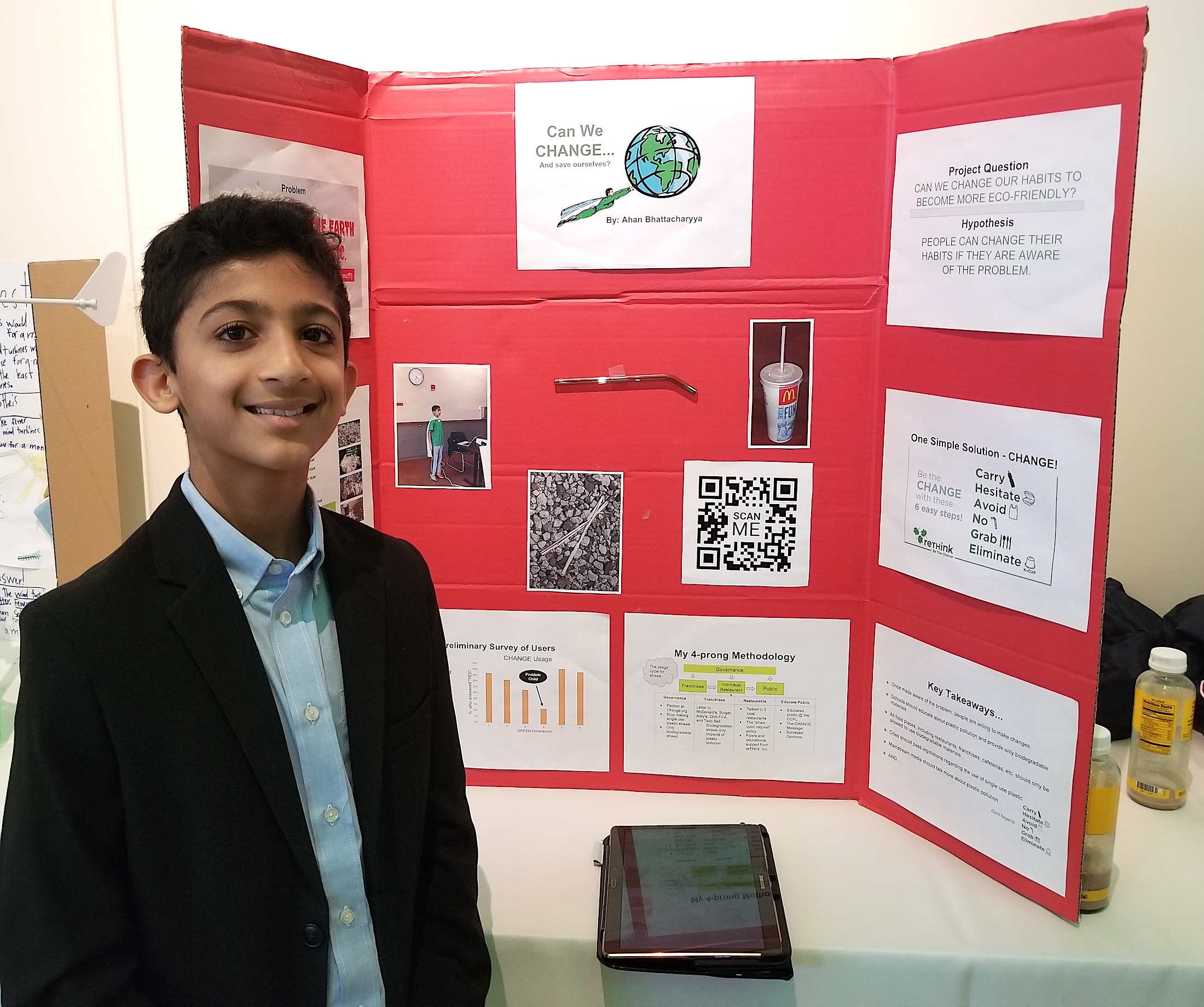By Jarrett Alexander, student leader of Youth for Environmental Sustainability and student at Bloomington High School North
On May 31, 2018, students from Bloomington High School North, Bloomington High School South, and the Academy of Science and Entrepreneurship presented their Climate Action Resolution to the Bloomington City Council. The document, written by Environmental Science students from all three schools, outlined changes that the City of Bloomington could make to limit carbon emissions and create a more sustainable city.
Some of these changes, like installing more water bottle filling stations in public areas, would be relatively easy to implement, while others, like requiring the City of Bloomington to continue to follow the carbon emission regulations of the Paris Climate Accord, are more ambitious.
The students, who have named themselves the Youth for Environmental Sustainability (YES) had already met with the Bloomington Commission on Sustainability (BCOS) to get their input and had implemented their suggestions from the commission in the document that they presented to the Bloomington City Council.
Students from three high schools presented to the Bloomington Commission on Sustainability.
Emboldened by similar, youth-driven resolutions in Indianapolis and across the nation, these students were introduced to the idea of writing a resolution for the City of Bloomington by their respective teachers (Angela Shelton, Bloomington High School North; Amanda Figolah, Bloomington High School South; and Ann Burke, The Academy of Science and Entrepreneurship), Teddie Phillipson-Mower from BCOS, and the documentary “Little Warriors.”
This documentary covered the story of how students in Indianapolis, aided by the environmental activism organization Earth Charter Indiana, got the Indianapolis City Council to pass the Climate Action Resolution that they had written. Having now received feedback on their resolution from both the Bloomington Commission on Sustainability and the Bloomington City Council, these students will finalize the document this fall and return to the city council to put it to a vote.
They are also working with the development of the Bloomington Sustainability Action Plan to incorporate the ideas of the resolution into the Plan, offering continuity and strength to both documents.
The federal government has turned its back on the environment, which puts cities and municipalities on the forefront of the fight against climate change. And, if these students have their way, Bloomington will soon join this movement as one of the leaders in the fight.
Blog author Jarrett, testifying on May 31.



























